Our Story
Our roots lie in Vision TV—a pioneering and courageous broadcaster that embodied the hopes and values that guide the Inspirit Foundation. The licence for Vision TV was sold in 2010. Two years later, Inspirit Foundation was created from the proceeds of the sale.

1982-1987: The Beginning
In 1982, the Canadian Radio-television and Telecommunications Commission (CRTC) held public hearings on religious broadcasting in Canada. In response, a group of media specialists (including Peter Flemington, Doug Barrett, Hon. David MacDonald, Des McCalmont of the United Church, as well as Robert Sawyer, Maureen Levitt, David Nostbakken and Leo Rampen) came together to unite faith groups interested in forming a multi-faith network. Work began on a licence application for the Canadian Interfaith Network (CIN); Canada’s first multi-faith broadcaster.
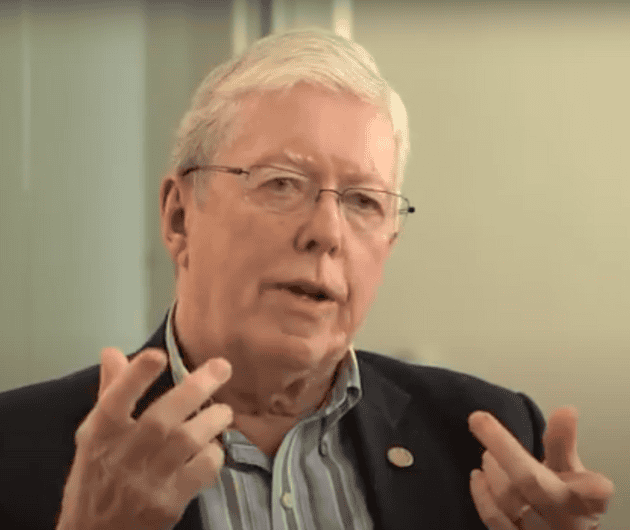
Although many faith groups responded to CIN with enthusiasm, they also expressed concern about the financial commitment of owning a television station. A decision was made to alter the model for the network. This new model allowed faith groups to purchase airtime, but the network would be ‘owned’ by an arm’s length board made up of media specialists and key industry players from many faith backgrounds. Initial funding was secured via a line of credit guaranteed by five faith groups (United Church, Seventh Day Adventist, Christian Reformed, Anglican and Evangelical Lutheran) who took a great risk in supporting the fledgling network. The name of the network was also changed to Vision TV.

1987-1988: The Launch
In preparation for launch, the board assembled the first leadership team. Ron Keast, former general manager of programming at TVO and chair of the School of Radio and Television Arts at Ryerson University was brought on as Vision’s first President & CEO. Peter Flemington was in place as head of Programming & Development and Rita Shelton Deverell would soon vacate her seat on the board to become the network’s on-air anchor and producer of several of its flagship current affairs programs. Vision TV appeared before the CRTC to present evidence for the public demand for the multi-faith channel. The application for a five-year licence was granted in November 1987. Vision TV launched on September 1, 1988, with a mix of original current affairs and other programming paid for by more than a dozen faith groups.

1989-1993: Growth and Change
Vision TV’s launch was well-received by critics and viewers alike. Despite only six hours of content per day, the network found its niche. In the years after launch, Vision was sustained by faith groups who bought airtime and regular donations from viewers. The network’s reach expanded, and it was granted additional funding from cable companies, called a pass-through fee. In 1993, the CRTC announced a new, refined religious broadcasting policy that maintained the need for ‘balance,’ but loosened the diversity requirement for single-faith broadcasters. In addition, religious networks paid for directly by consumers were exempt from any balance requirements. While the network’s acclaimed programming secured its spot in the rapidly changing broadcast landscape, maintaining that position would be an ongoing struggle.
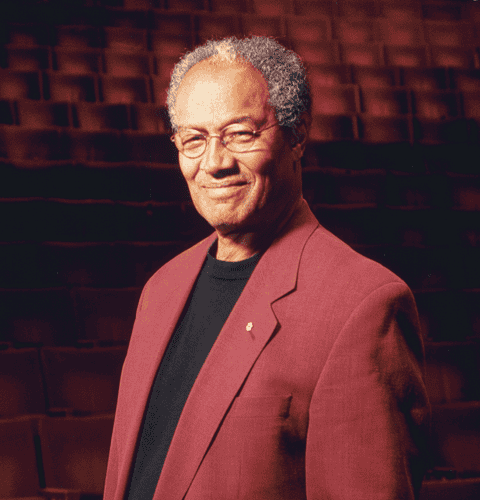
1994-2000: New Broadcast Landscape
In 1994 Vision TV began its second licence period of seven years. The CRTC announced the renewal and noted: “…over its six years in operation, Vision TV has consistently provided a quality balanced service.” The number of full-time/long-term contract staff rose from 23 to 40, including new president Fil Fraser. But in January 1997, Vision TV received notification from Rogers Cable that the channel would be moved to a higher position on the dial in Ottawa. Many subscribers would not be able to receive the channel without paying for a separate converter, and the network argued that this would give preference to channels that Rogers had a commercial interest in at the expense of Vision TV’s public service mandate. Seven months later, the same issue arose in Toronto. Vision was forced to accept Rogers’ placement. Audience numbers plummeted. The Vision TV Foundation was launched in 2000 with the aim of fundraising.
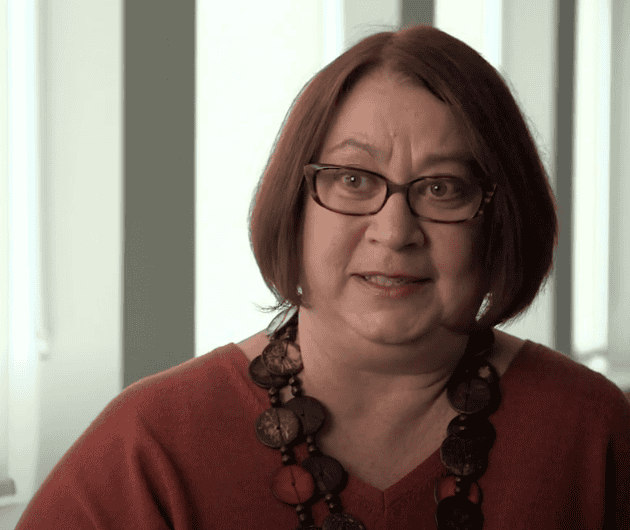
2000-2006: Critical Acclaim and Hurdles
The network continued to receive critical acclaim for its current affairs programs, with nominations and wins for its journalism at major awards shows. Shows like It’s About Time, 360 Vision and Credo tackled controversial issues, with the aim of serving underrepresented communities, and with editorial decision-making roles held by accomplished journalists from diverse backgrounds and deep expertise. The network was well ahead of its time. At the same time, there were key changes in leadership as founding staff moved on, including Rita Shelton Deverell. A period of reorganization followed as the network looked to expand from a small not-for-profit entity to a broader media conglomerate. Vision TV launched new digital properties.
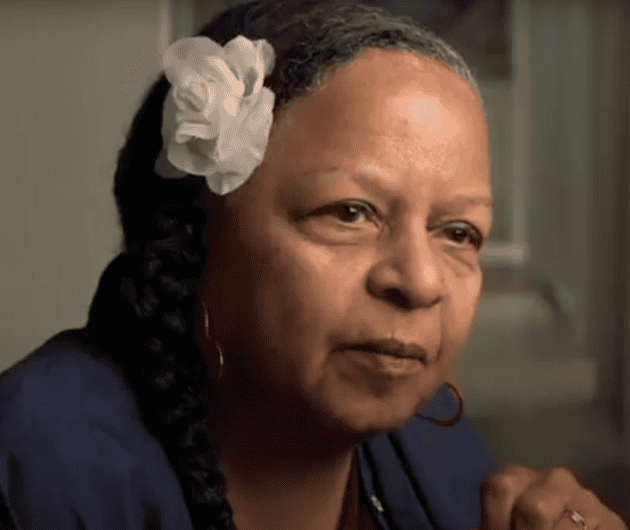
However, in November 2001, the CRTC indicated its dissatisfaction with Vision TV’s failure to meet Canadian Content requirements as outlined in its licence. It renewed the network’s licence, but with conditions. In 2003, these conditions were met, and the CRTC approved a rate increase. That year, the network also launched an international production and distribution partnership. With the success of Vision TV’s first sitcom, Lord Have Mercy!, the network launched the Cultural Diversity Drama competition for aspiring producers to develop TV dramas reflecting Canada’s diverse communities. The network took part in the Reel Diversity initiative in partnership with the National Film Board to create opportunities for emerging documentary filmmakers of colour from across Canada. It also launched an extensive survey on Canadians’ attitudes toward religion and spirituality.
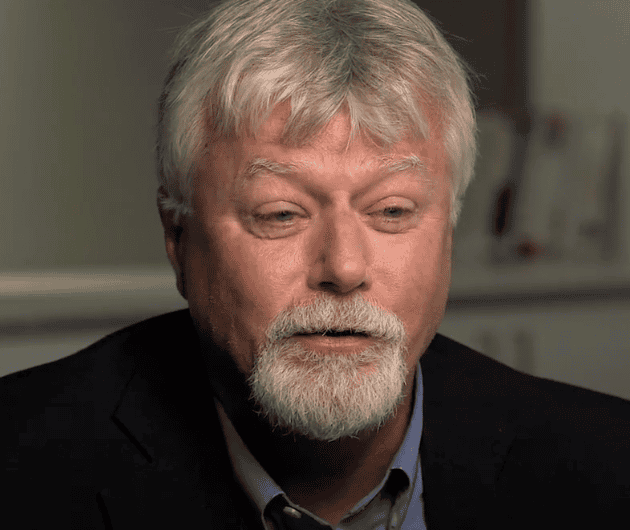
2006-2009: S-Vox Sale Sets the Foundation
In 2006, the Board of Directors approved a corporate name change to S-VOX (S for Spiritual, VOX for voice of the people). The growing competition and the transition from analog to digital continued to make things difficult for Vision TV. In July 2007, the CRTC denied Vision’s application for mandatory basic digital carriage, meaning the network would no longer have the right to be carried on basic cable service. Despite praising Vision for its contributions to Canadian television, the CRTC ultimately decided that the network’s future should be left to market forces. The board of directors debated the merits of selling the network and using the proceeds to achieve their mission of multi-faith and multicultural dialogue through other means. After many months of negotiation and speculation, the S-VOX board of directors approved the sale of Vision TV and all related assets to ZoomerMedia Limited.

2010-2018: Inspirit is Born, Crawls, Walks, and Runs
On September 14, 2010, the S-VOX board signed new by-laws to transform the Vision TV Foundation into a charity with goals beyond broadcasting and expanded it to focus on Canada’s growing diversity and the role of pluralism. The S-VOX Foundation was created, and Andrea Nemtin was hired as the first CEO. On April 30, 2012, the S-VOX Foundation formally rebranded as the Inspirit Foundation. That summer the Foundation launched its first granting program. After three years of granting, Inspirit Foundation paused to solidify its strategic priorities. Months of research, development and discussion led to Inspirit’s first strategic plan with a focus on reconciliation with Indigenous communities and fighting Islamophobia.

In the coming years Inspirit launched or partnered on a number of ground-breaking initiatives. In 2015, Inspirit was an early signatory to the Philanthropic Community’s Declaration of Action. The Foundations Partnering for Reconciliation (FPR) initiative built on the commitments made in the Philanthropic Community’s Declaration of Action. Thirty foundations and philanthropic organizations from across Canada pledged to advance reconciliation through listening, understanding, and acting as allies of Indigenous peoples. The following year the Foundation committed to aligning its entire portfolio with its organizational values by intentionally investing 100% of its assets for impact. This allowed the foundation to move beyond granting in service of its mission. In 2017, Inspirit formalized this commitment through an Investment Policy Statement (IPS), a standard document that dictates investment objectives and risk tolerance to their investment managers. When Inspirit included this commitment in its IPS, it became one of the few foundations in the world to do so. During this period (April 2016), Inspirit partnered with leaders from Muslim-led organizations, scholars, journalists, and other supporters to publish the Young Muslims In Canada Study.

2018-Present: A Sector Leader
In spring of 2018, CEO Andrea Nemtin moved on. In August of 2018, the board hired Sadia Zaman as the new CEO. In 2018, the Foundation began providing multi-year unrestricted grants through its pilot Core Grant Program. The pilot supported four Indigenous- and Muslim-led organizations. During a global pandemic, as funders grappled with power and race, the Inspirit Foundation became the first foundation in Canada to transfer capital to help launch the Indigenous People’s Resilience Fund. Inspirit would also become one of the first two funders to support the Foundation for Black Communities through another capital transfer. In 2021, the Foundation launched its Narrative Change Lab, focused on reimagining Muslim narratives, the only program of its kind in Canada. In 2022, the Foundation reached its 100% impact portfolio goal.
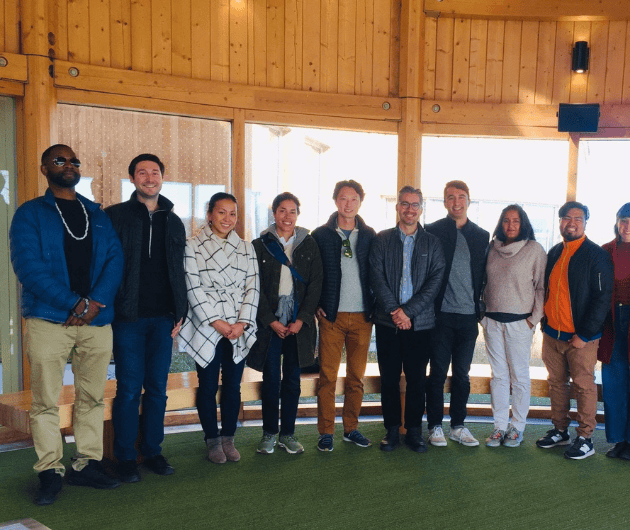
Over several years, the Foundation recruited the most diverse board in Canadian philanthropy. As the work of the Foundation continued to evolve, Inspirit updated its mission in Fall 2023 to consolidate the investing and granting functions: “We advance racial, social and economic justice by investing our assets and funding media and arts for change.” In 2023, Inspirit partnered with several other organizations to publish the first how-to guide for Canadian foundations to support journalism. By January 2024, over three and a half years, the Foundation quadrupled the amount of money going directly to grantee partners.